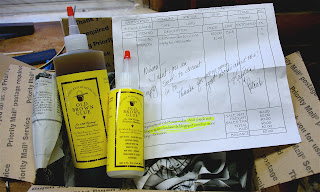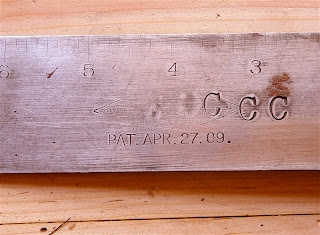Posts
Showing posts from March, 2013
Julia's Guitar, A Copy of a 1933 Santos Hernandez Guitar
- Get link
- X
- Other Apps
Old Brown Glue Arrives and Other Luthier Goodies
- Get link
- X
- Other Apps
Baker&Hamilton/Stiletto Tool Company Try Square
- Get link
- X
- Other Apps
The Guitar's Scale Length, Your Hand Size and a Chart
- Get link
- X
- Other Apps
One Reason Not To Have A Tool Chest In A Small Shop!
- Get link
- X
- Other Apps
Making a Copy of a 1933 Santos Hernandez Guitar
- Get link
- X
- Other Apps






